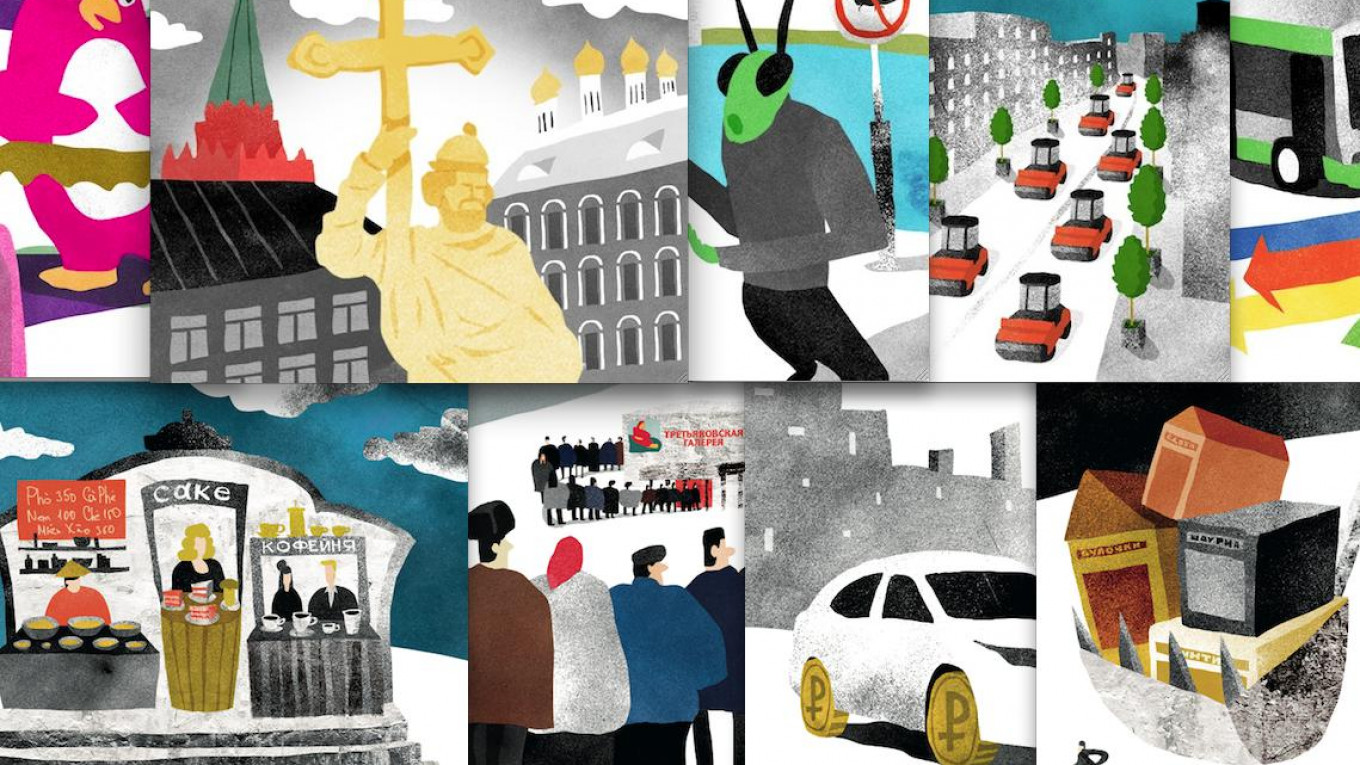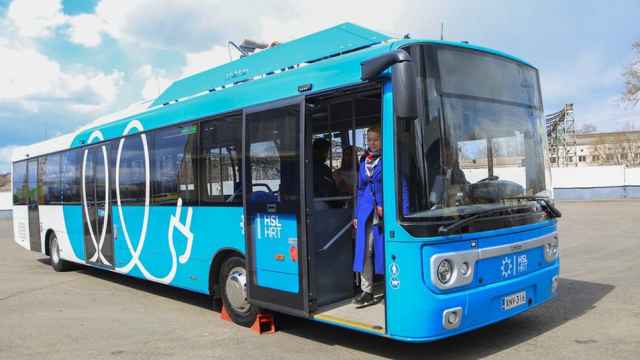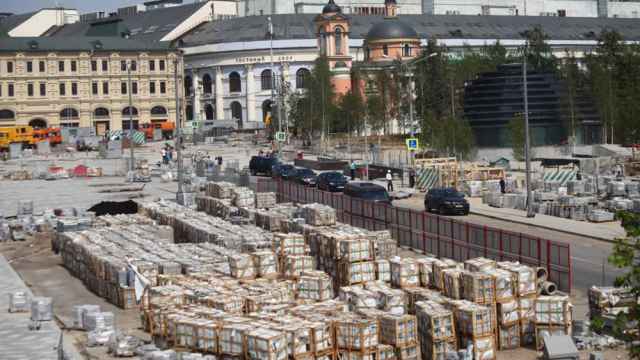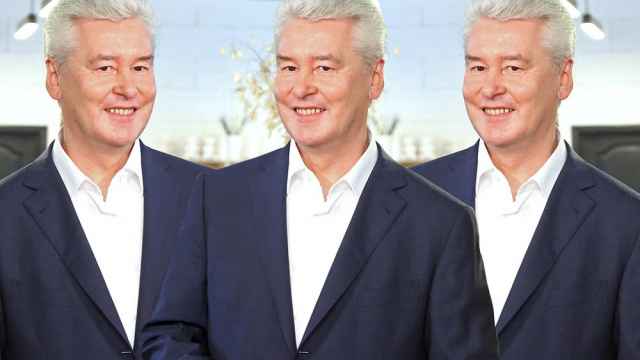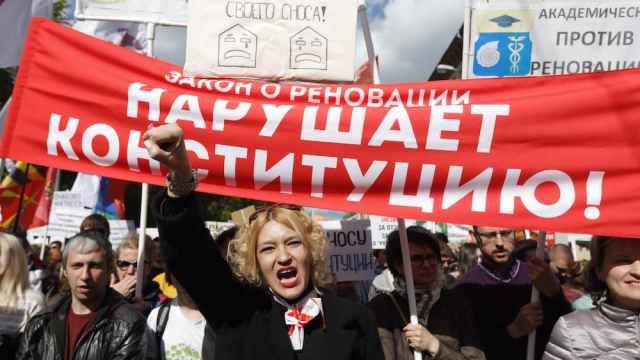Years from now, historians will describe 2016 as the year when the world joined Russia on the road to post-truth and glorious isolation. A nameless chronicler sitting in a dank room illuminated by the light of a flickering candle will extol the momentousness of this change, as the radiant image of The Donald smiles down on him from a stained-glass window. A goat will be rummaging in the snow outside.
But that’s on one side of the world. Across the globe in the annals of Moscow, however, 2016 will go down as a more complicated year. Perhaps it will be viewed as the first step toward a shiny, orderly dystopia, where vehicles are owned only by the ruling elite, trees are planted every winter along the cobblestone streets, and the metro - underground, overground, and inside of buildings - hums as it takes workers to their jobs. Or maybe it will go down in history as just a year when more order (and pink penguins) were enforced on the unruly inhabitants, with varying results.
It was also, undeniably, another year of good eating, excellent drinking of locally made brews, and a story bound to bring a tear to the annalist’s eye. I best elaborate.
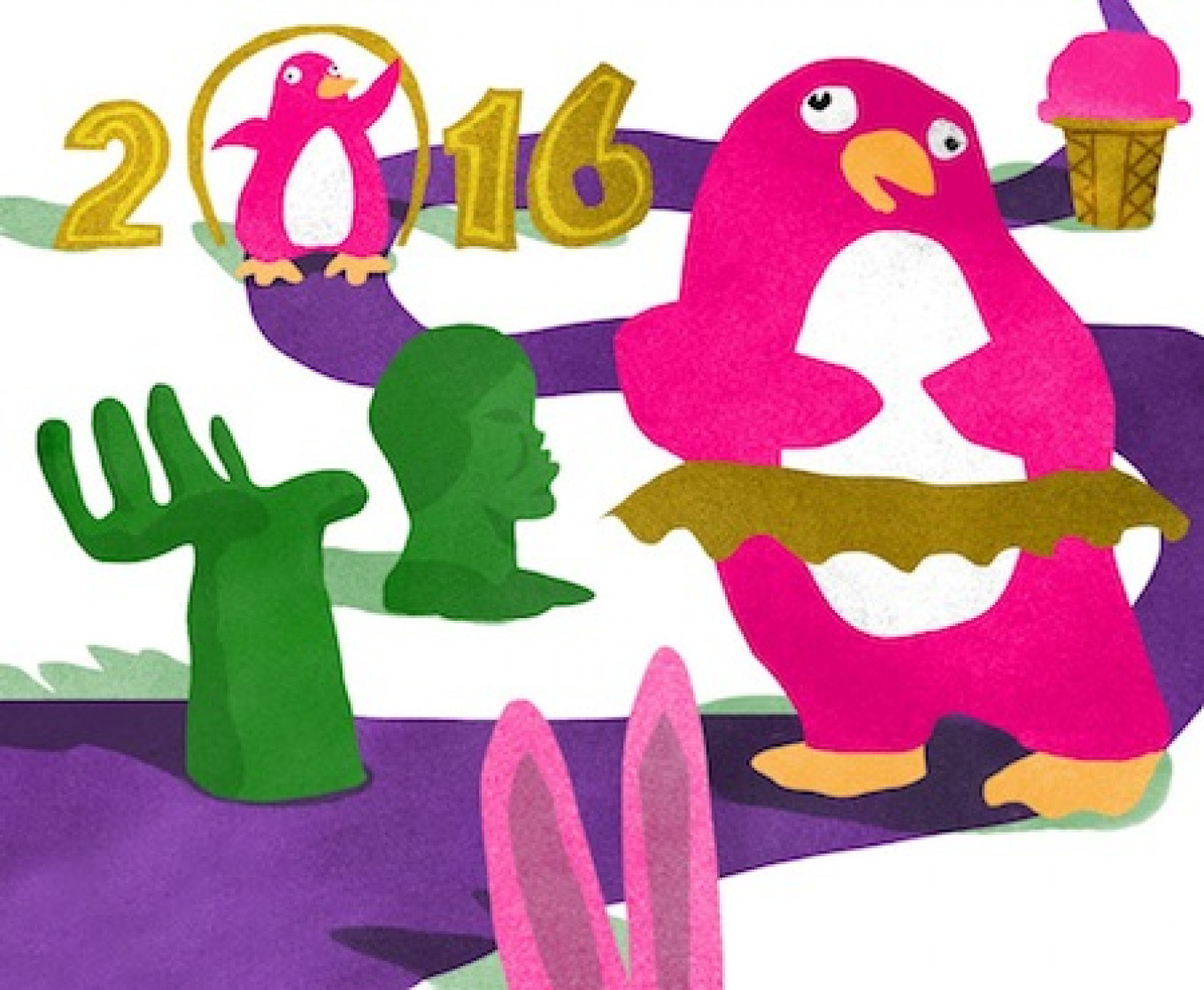
1. Penguins in Tutus
The beautification of Moscow spanned more than just trees and pavements. Throughout the year, the city was plastered with temporary ornamentation. There were the arcs. There were the suns. There were the pink penguins in tutus by the Bolshoi Theater, placed there on the unarguable assumption that anything is made better by penguins. There was also a monstrous green head on Tverskaya street. This looked looked like a sibling of DC Comics’ Swamp Thing, and had to be kicked out to the outskirts of Moscow, where aesthetic opinions are irrelevant. Good taste was not always involved in these decorations, but it sure made for some hilarious Instagram pictures.
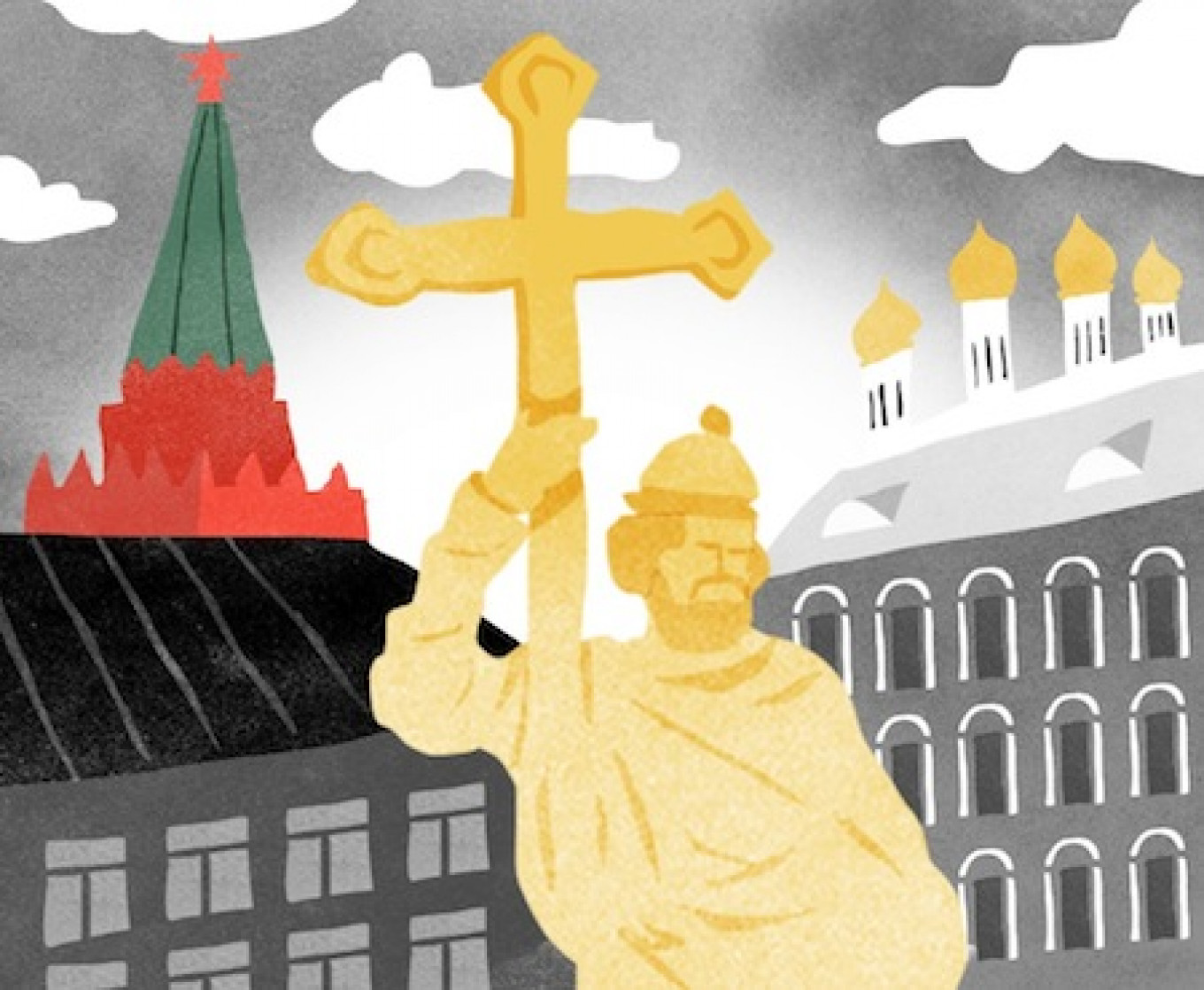
2. Vladimir, Erected
Prince Vladimir was supposed to be 20 meters tall and overlook the city from the best vantage point in Moscow on the Vorobyovy Hills (risking a plummet into the Moskva River). He ended up a mere 8 meters, but standing right by the Kremlin gates, which these days are regularly used by another man named Vladimir. The exact necessity of a monument to Prince Vladimir the Great in a city founded after his death remained unclear, but as UNESCO folks will tell you, frankly, it could have been worse. And perhaps it makes the other Vladimir happy.
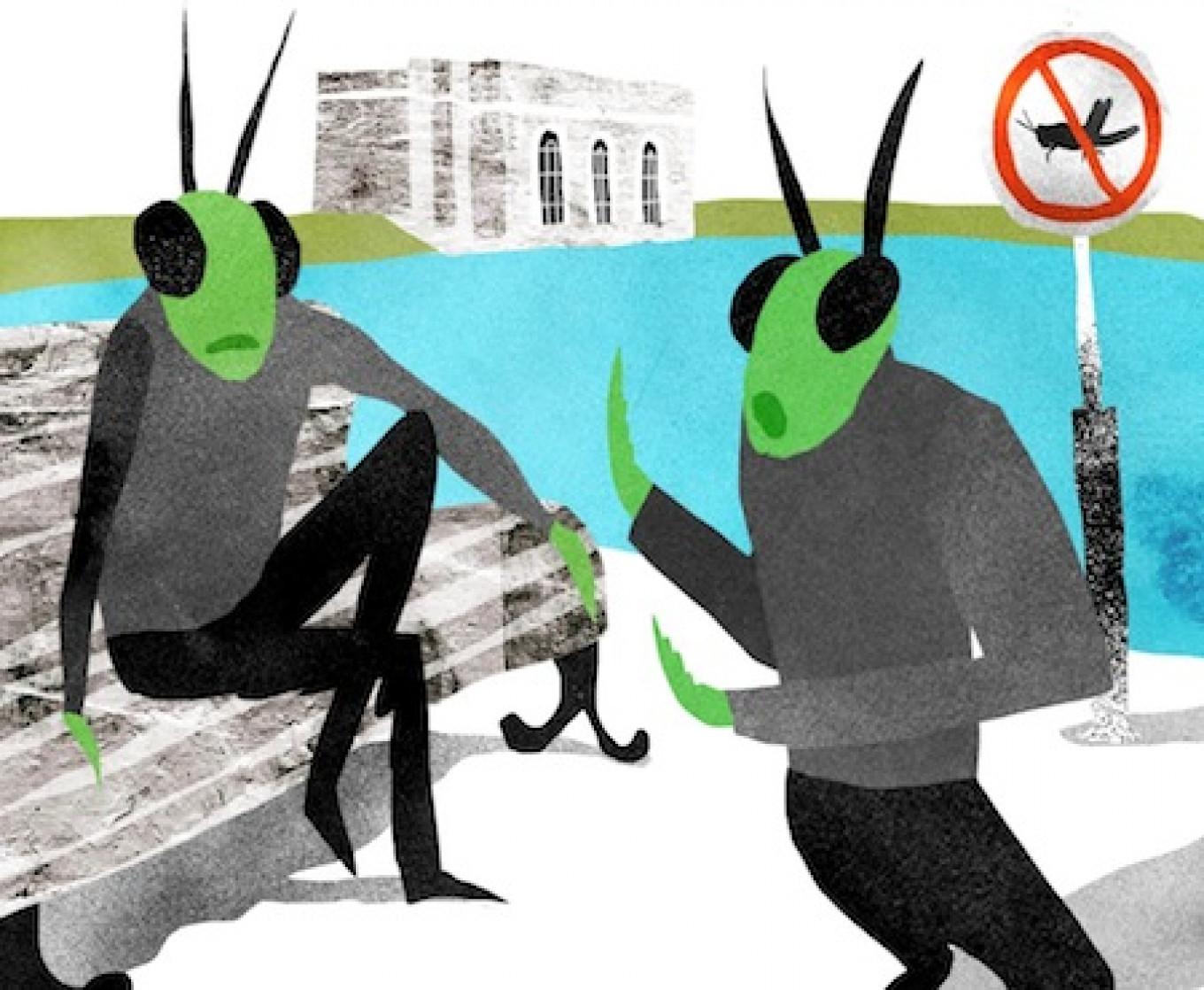
3. ‘Locusts’ at the Ponds
The line between good taste and snobbery is a fine one. It was messily crossed this year at the Patriarch Ponds, that cozy downtown corner which, these days, looks more like New York than New York — full of lovely little eateries and now, throngs on a stroll. Residents of this little posh neighborhood have rebelled, describing people from the suburbs who have the gall to visit the place and stick around all night as “locusts.” The complaint is really quite legit; the tone of public discussion ended up one notch above the lowbrow conversations of old. In any case, the locals won — all joints at the Patriarch Ponds now close at 11 pm. Keep that in mind if you visit from Bibirevo-South in search of hipster life.
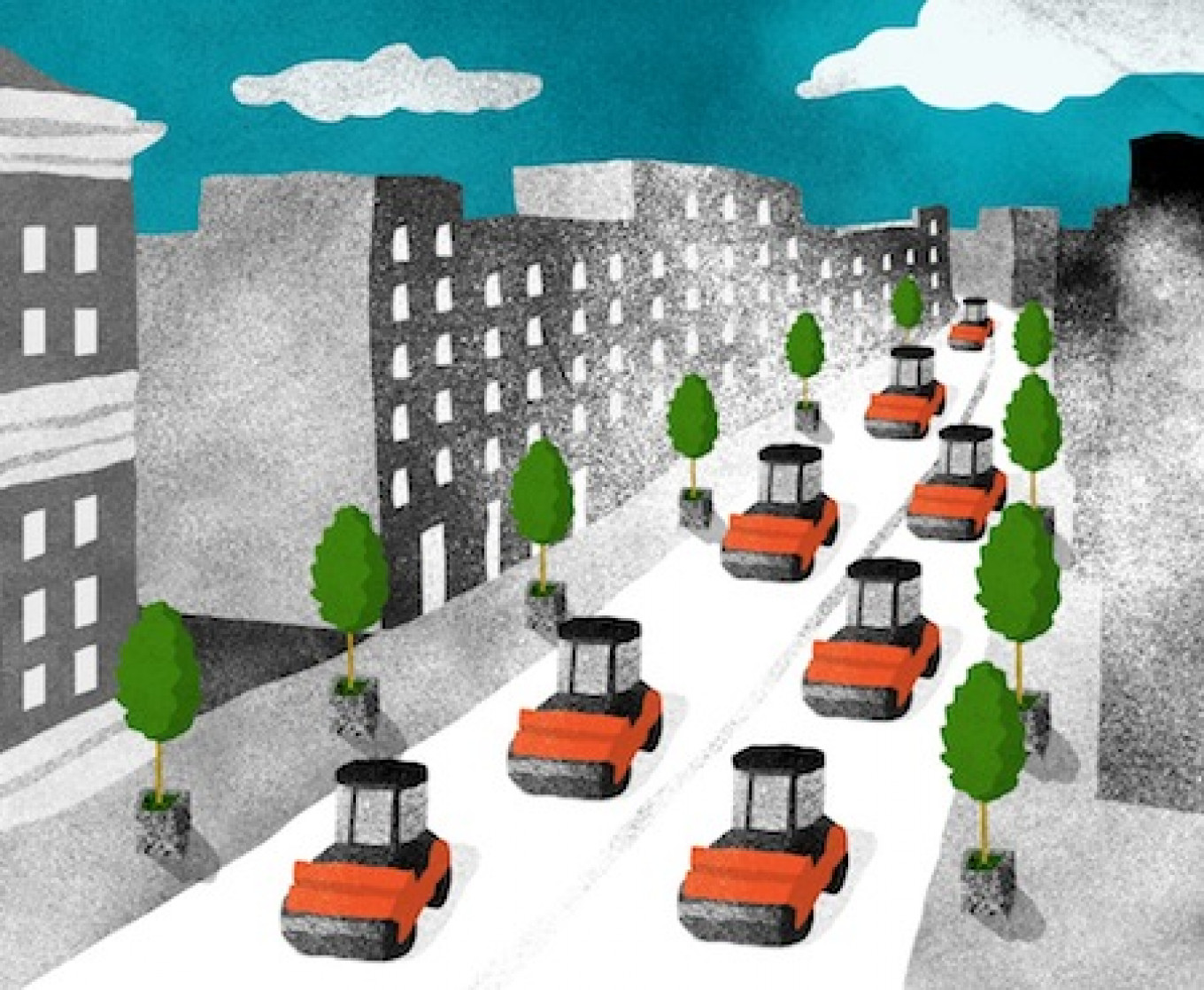
4. Gutter Wars, Year Two
I reported last year on the gutter bombs that the Obama administration had covertly used to render Moscow sidewalks unfit to walk on. Who knew that this was only a warm-up. This summer, the whole of downtown Moscow was carpetbombed, turning some 200 streets into a mess of earth and curses. To prevent street riots, Moscow City Hall had to invent a cover-up, so they called it the biggest renovation project in 30 years. The outcome of this operation was a newly repaved city center, adorned with expanded sidewalks and trees (or, at least, twigs showing promise.) Moscow in 2017 will look more like an EU city, pedestrian-friendly and beautiful. Skeptics say this is so that officials banned from travel can have a piece of Paris at home. Cheapskates question whether there was nothing else to spend money on (*cough* healthcare *cough*). But it’s definitely a new city.
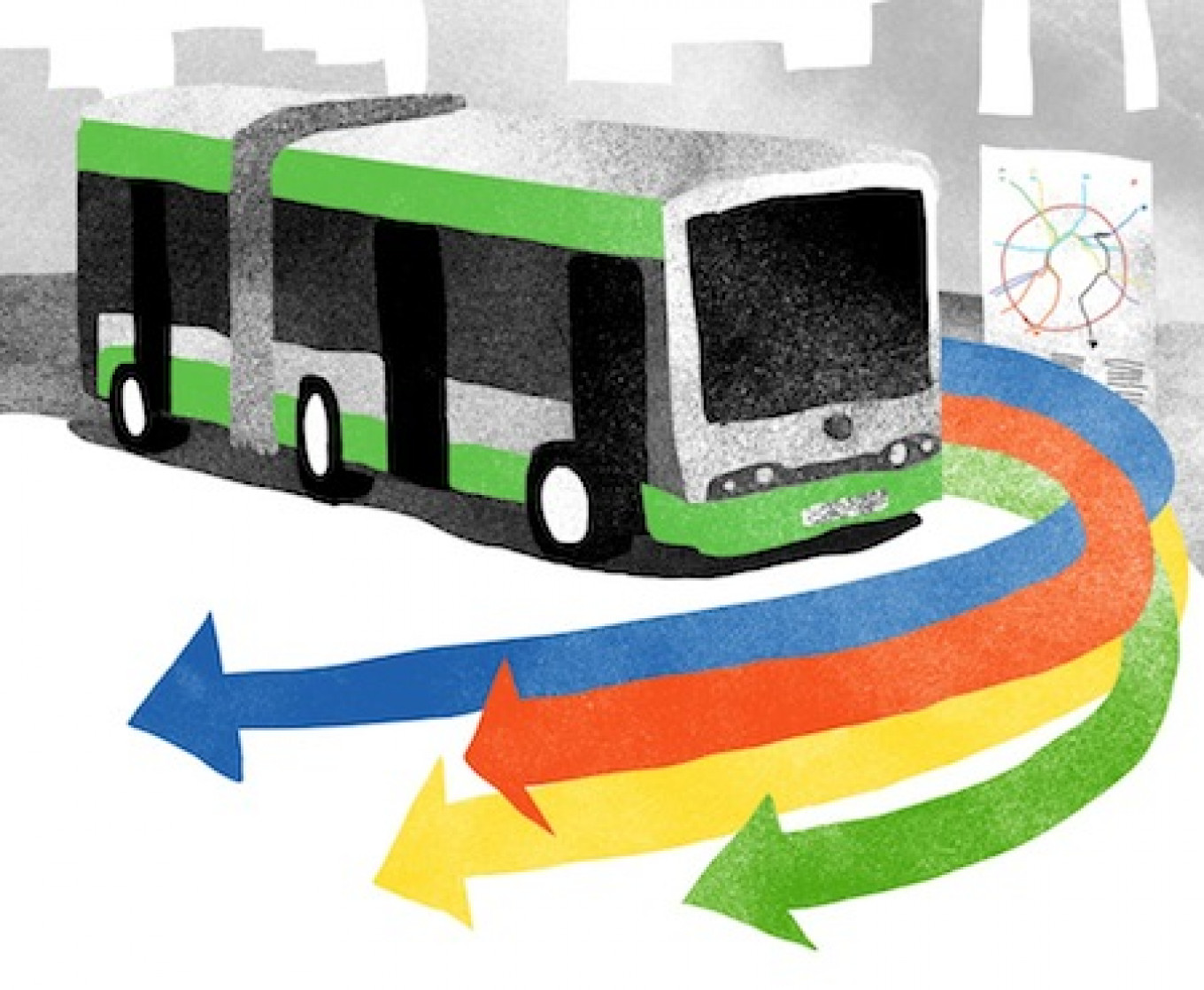
5. The New Bus
If change in the city has left you reluctant to drive your Lexus around, you can now jump onto the revamped bus network. It is arguably more logical and more punctual than the old one. But new transport regulations have meant that it is also somehow buried under the rubble of the old order, the once ubiquitous marshrutki (local minibuses), and has generally caused a transportation collapse. Who cares if the ride to your suburb is cramped like the last bus out of Aleppo, right? At least it has the right certification!
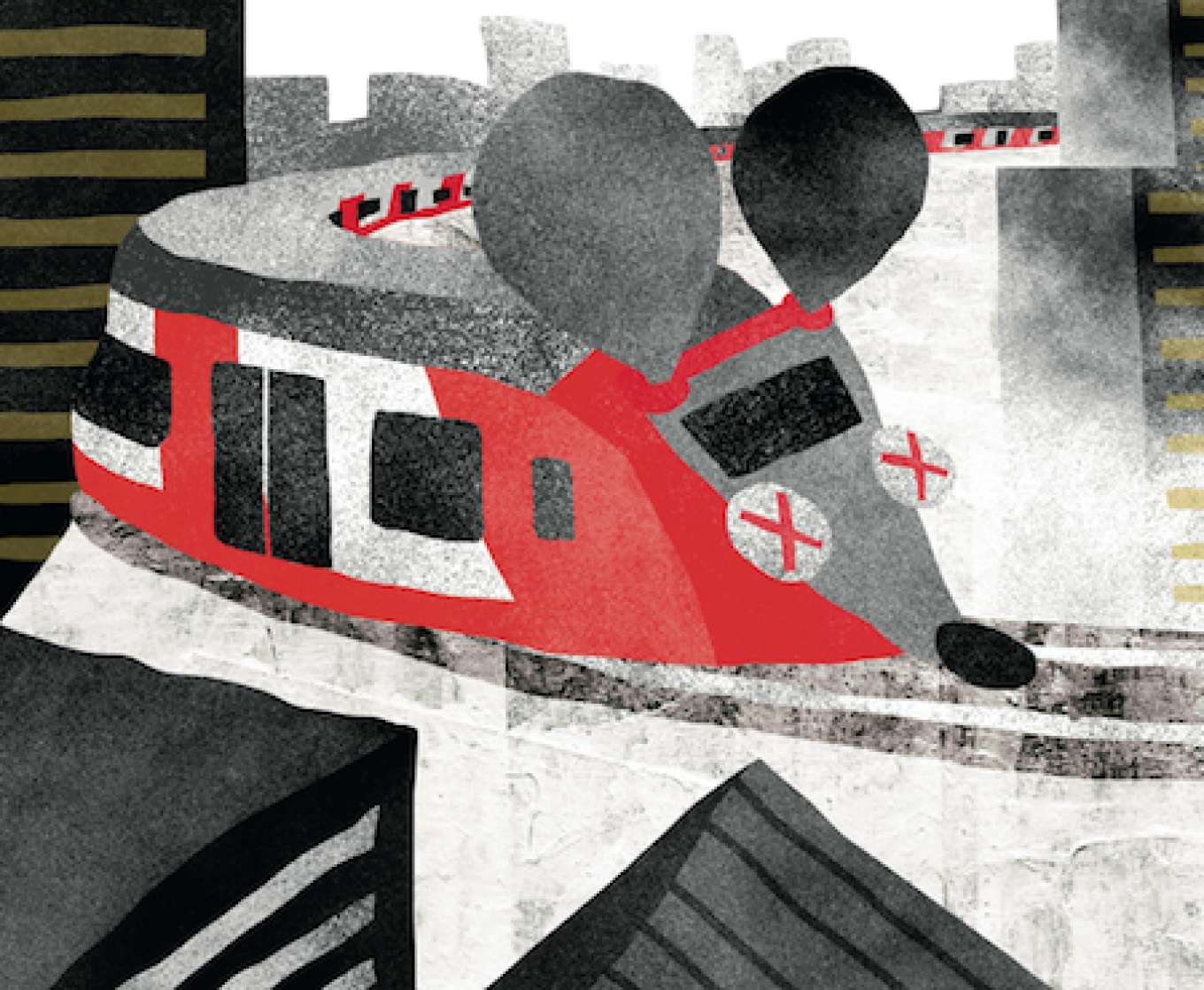
6. Dead Mouse Railways
If there was one thing the City Hall can definitely chalk in the “score” column this year, it’s the Moscow Central Railroad. The long-awaited rail line shadowing the Third Transport Ring has finally launched, and it looks awesome and ties in well with the metro system. It also traverses some parts of the Moscow underbelly you’ve likely never seen. Not only that, its promotional materials look like a dead mouse.
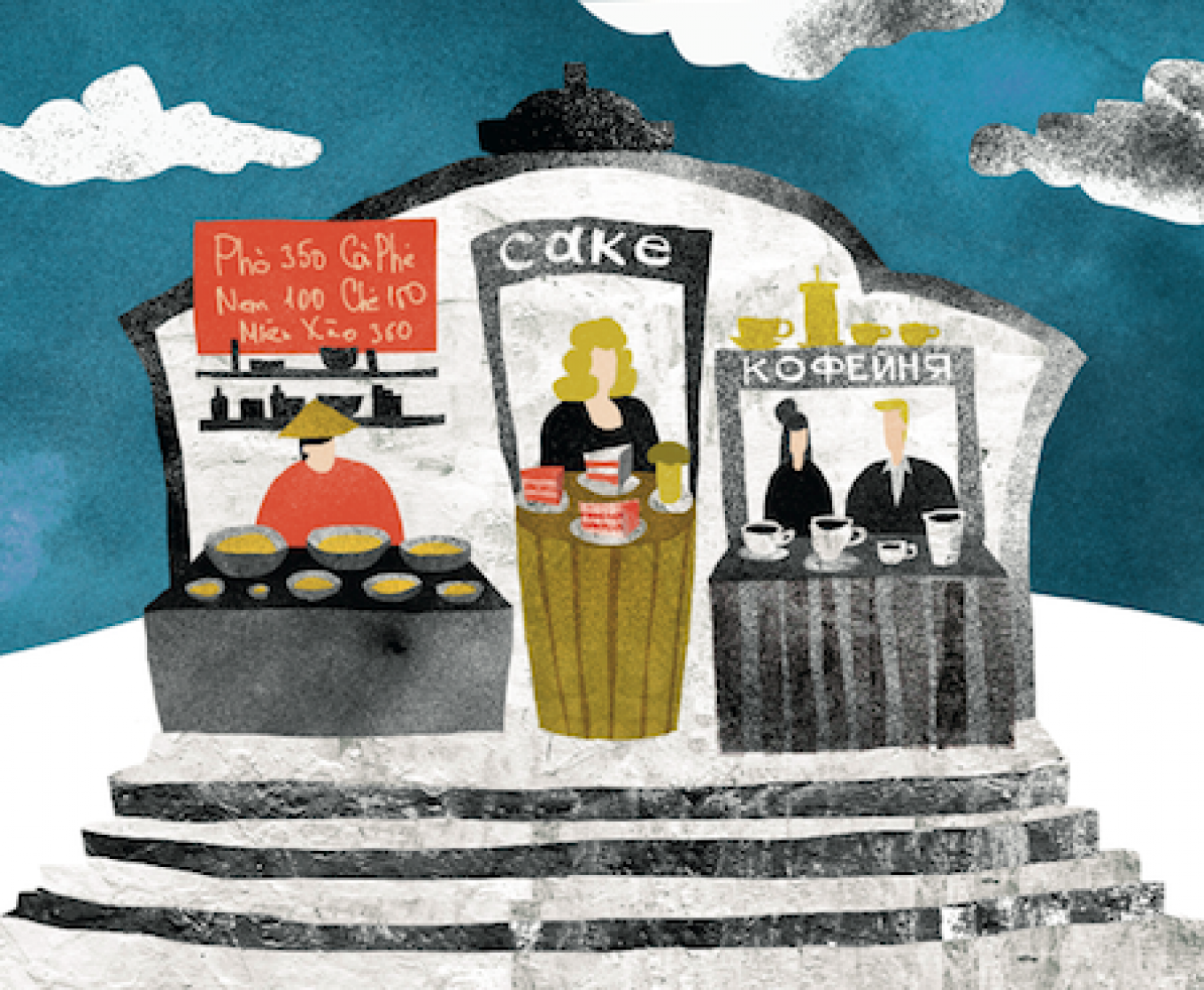
7. Rebirth of the Marketplace
Moscow markets never were fashionable places, unless your idea of fashion is dirty aprons and gold teeth. Well, not anymore. The Danilovsky and Usachyovsky markets are now full of specialist produce and micro-eateries, and the queue for the pho stall on weekends reportedly rivals that for the treasures of Vatican. I haven’t really been to any of those markets, it’s just my editors tell me those are places to die for. And that’s kind of the point of Moscow: it’s too goddamn big, and there’s always stuff you don’t know about or haven’t visited, be it a food stand or a new station on the Central Railroad. With that, I’m off to check the pho place at Danilovsky, and if I meet you there, get in line.
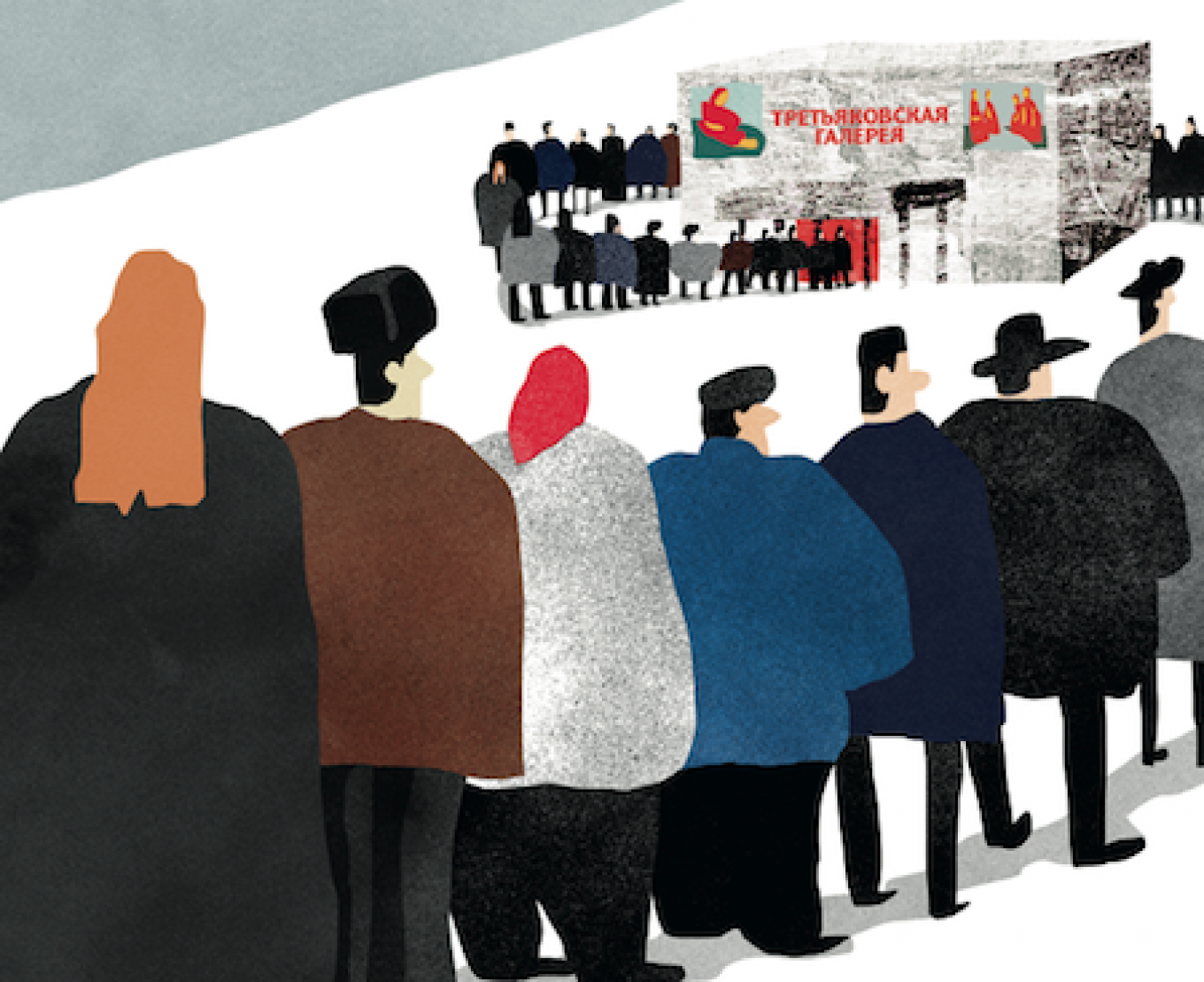
8. Art Riots
Five years ago, multitudes lined up for days to see a
Christian relic brought to Moscow. In 2016, the crowds
opted for art. The Tretyakov Gallery exhibition of Valentin
Serov, a prime portraitist of the glorious late-empire era,
ended in near-riots because of the gallery’s struggle to
accommodate everyone who wanted to see “The Girl With
Peaches” and “The Rape of Europa.” The scrum was
repeated again just this month at an exhibit of Vatican art
treasures, also at the Tretyakov Gallery. Art exhibits have
not attracted such interest since Soviet times — which, in
times of free access, who could blame people for attending?
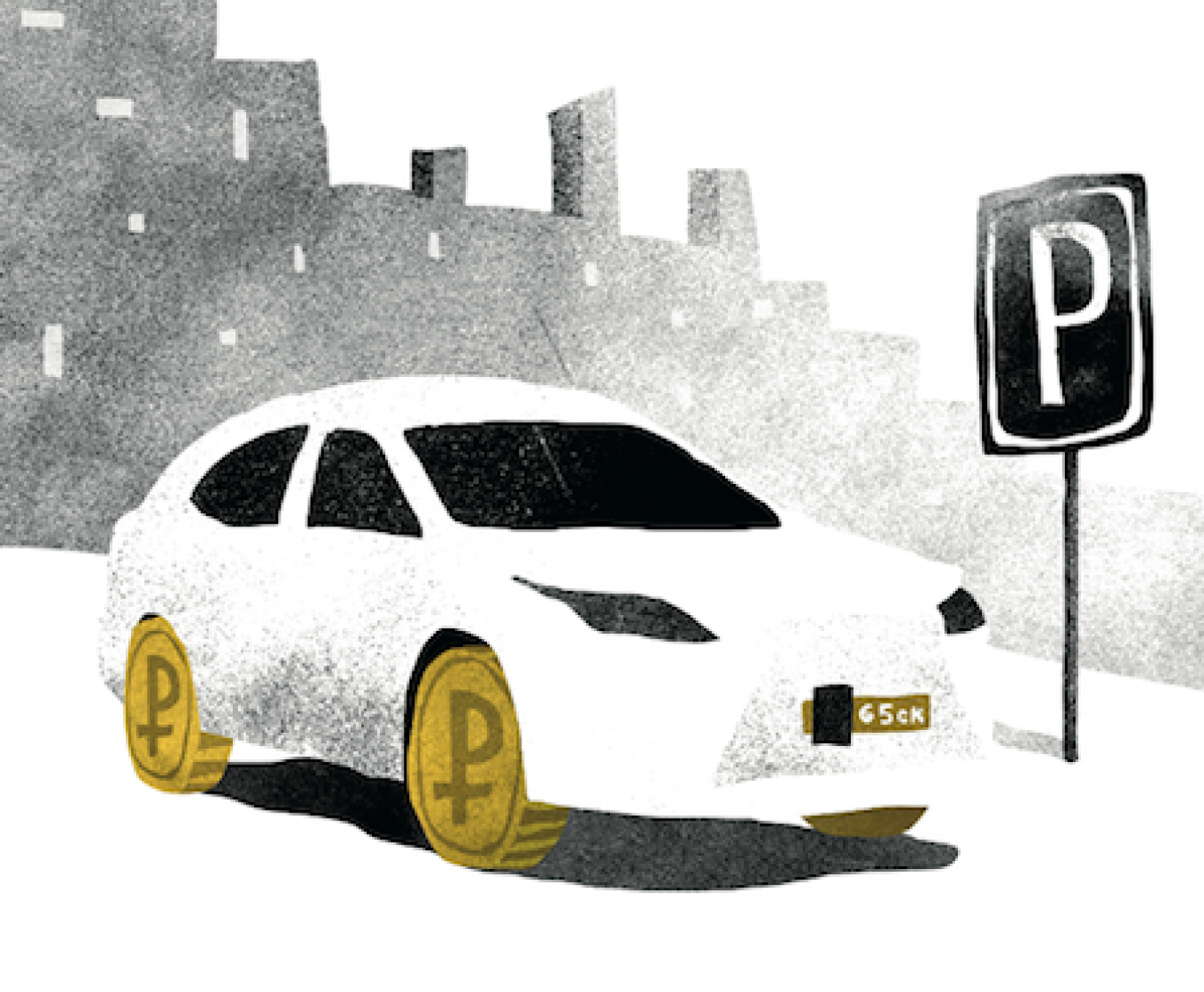
9. Park Off
A personal automobile was once the dream of the Soviet man.
2016 was the year the dream soured to ticking of the parking
meter. The revamped city center now has less space for cars,
and so leaving your Lexus in the street costs ever more. Paid
parking is also slowly, inexorably crawling toward the suburbs,
however much City Hall claims that it won’t happen.
The issue of parking is apparently more complicated than
the Syrian civil war. Moscow has too few roads, too many offices
in the cramped center, too many cars, and too flawed a
public transportation system, etc etc. But in any case, even
those Lexuses can be seen with license plates covered in a
bid to avoid parking fines—or being towed away by Moscow
parking enforcement special forces.
Haven’t you heard you’re now supposed to walk?
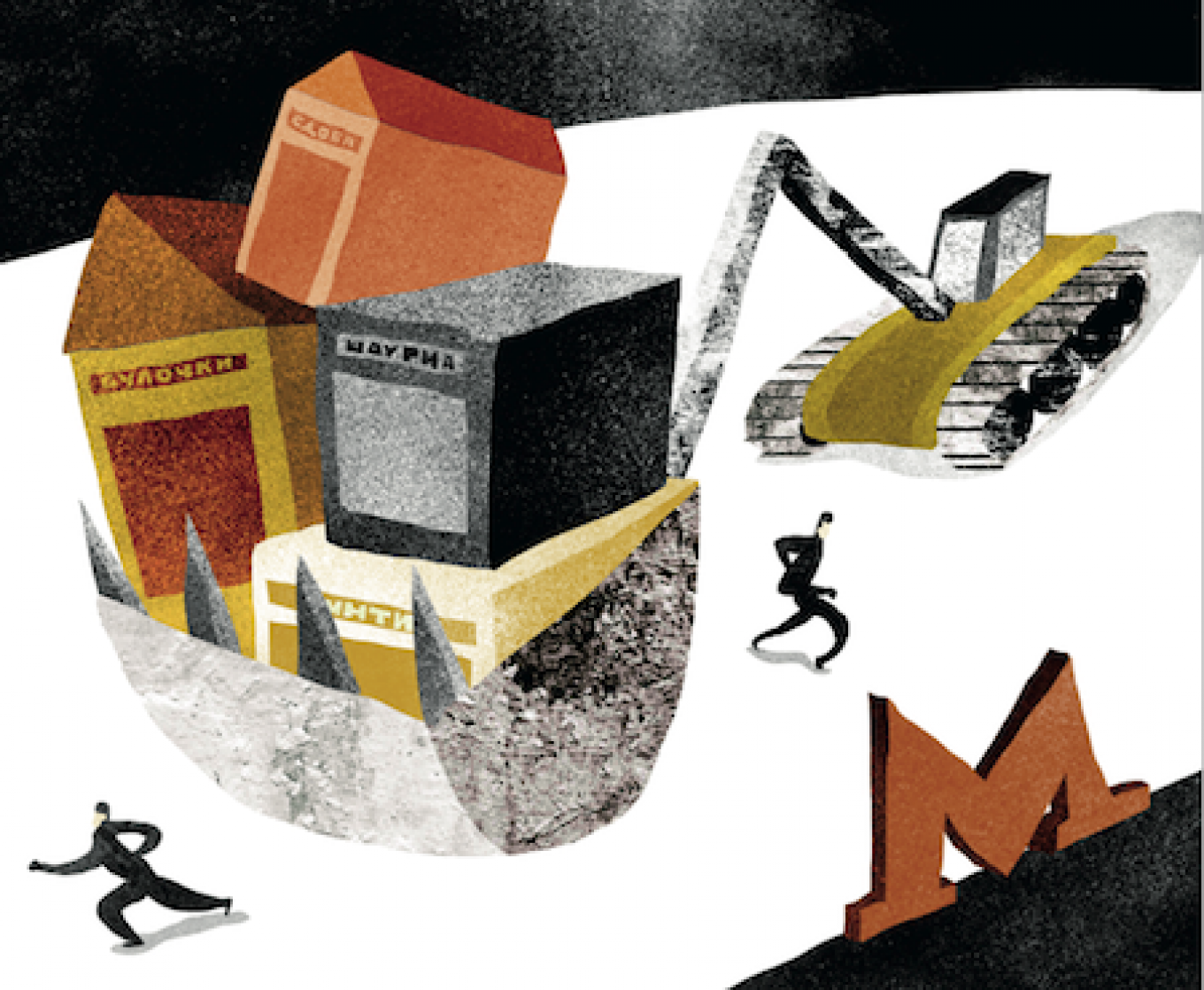
10. Death of the Kiosk
The year 2016 also formally marked the death of small enterprise in Moscow, or at least confirmed open hunting season on petty merchants. Although this wasn’t surprising, it was disheartening. The message was delivered via heavy machinery during the so-called Night of the Long Bulldozer Knives of Feb. 8-9, which saw hundreds of allegedly illegal shops, cafes and small malls demolished in one fell swoop by Moscow City Hall’s engineering special forces. There was little argument that could be made for the aesthetic qualities of the demolished kiosks. Not all of them had papers in order—though some were able to prove in court that they did have the right to be where they have been for the past two decades. But Mayor Sergei Sobyanin dismissing legal paperwork held by those kiosks as “sheets of paper” was the nail for capitalism, at least in 2016. Of course, new kiosks will be built, but this time they will be owned by the “right” people.
A Message from The Moscow Times:
Dear readers,
We are facing unprecedented challenges. Russia's Prosecutor General's Office has designated The Moscow Times as an "undesirable" organization, criminalizing our work and putting our staff at risk of prosecution. This follows our earlier unjust labeling as a "foreign agent."
These actions are direct attempts to silence independent journalism in Russia. The authorities claim our work "discredits the decisions of the Russian leadership." We see things differently: we strive to provide accurate, unbiased reporting on Russia.
We, the journalists of The Moscow Times, refuse to be silenced. But to continue our work, we need your help.
Your support, no matter how small, makes a world of difference. If you can, please support us monthly starting from just $2. It's quick to set up, and every contribution makes a significant impact.
By supporting The Moscow Times, you're defending open, independent journalism in the face of repression. Thank you for standing with us.
Remind me later.


